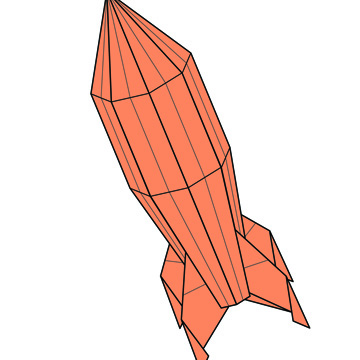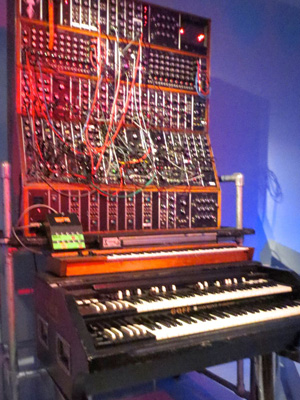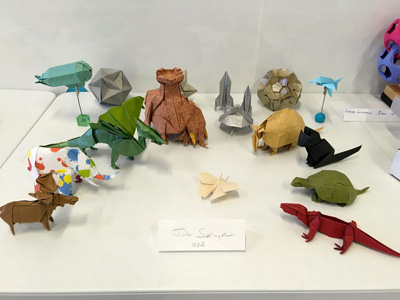In the home studio realm, I’ve been leveling up on electric guitar and learning alot.
My guitar is a semihollowbody, a Joe Pass edition Epiphone Emperor II which I picked up used, and is actually very nice guitar. Very playable, excellent feel and sound. It’s great great for a clean sound, and perhaps surprisingly, heavy rock too. It’s first electric guitar I’ve ever had that I really like playing, that feels natural to me. I’ve been practicing every day, getting it all together with control over my tone, effects, amp feedback, and which strings I strum, mute or let ring.
Now, every electric guitar player I know has a pedalboard. No two pedalboards are alike. Guitarists spend they’re whole lives tweaking it, taking it apart and putting back together, adding, removing and rearranging the pedals. It’s a personal quest for their true tone, the outer sonic expression of their inner self, much like saxophonists with their reeds and mouthpieces already.
Naturally once they’ve perfected this singular, super-advanced electronic system capable of such a vast range of tones, moods and sounds, they settle in to two or three presets for ninety-five percent of what they play.
I cut to the chase and use just one box, with three knobs and two buttons, but capable of producing all those sounds in a single pedal. I spent some time playing my Vox StompLab pedal thru my amp and trying out all the different sounds, looking for the one true preset, and narrowed it down to a handful of contenders.
I’ve mainly just been woodshedding one song so I can record it. It’s The Story Lies, originally written by Martin on the guitar. And although his setup is pretty different (he plays a 12-string), he’s been giving me guidance on how to craft my tone and improve my technique, at least as it applies to his songs.
My first attempt at recording I came out of the back of my giant Roland JC amp. The sound was awesome but the amp is super loud and super noisy. I couldn’t hear anything else when I was tracking, even if I used headphones. And the feedback which I wanted to capture turned out to be impossible to control. If you accidentally let the E string ring it just dominated everything.
So I took the amp out the equation and re-patched. I now have the guitar going DI into input 1 and thru the stompbox on input 2. Without the additional drive and chorus from the amp I dialed up the preamp in the stompbox to make it suitably nasty. This soon began to look like a reasonable approach.
It’s amazing just how much sustain the FX adds; t’s like playing an organ vs. a piano and really changes the way you approach the arrangement. I laid down a really good take of my part, only to discover that it clashed with the keyboard part in the verse, with both instruments competing too much for the same space. Which is ironic, since I changed around the guitar part to try and make it fit better, giving it more space and chakka-chakka. I came up with a new part that’s closer to Martin’s original part and it fits much better. I laid down a solid take tonight. One small victory, Woohoo!
…
Martin of course has lots of great songs, and I tend cover about one every album I make. It’s good to do other people’s songs from time to time cuz it makes you try out new ideas in recording, sound, instrumentation, arranging, themes, moods, everything really.
Meanwhile, he’s been busy with a recording project of his own, and he’s been exploring and branching out too. He recently mixed a number of songs he’s been working on the last couple years. Martin’s songs tend to be guitar-oriented rock featuring his overdriven tenor sax. Some songs are almost power pop, others lean towards prog and are challenging in surprising ways, and his lyrics are thoughtful and clever, sometimes fun and sometimes serious.
Since he’s been putting time and effort into his mixes, he’s leveled up at that, mainly by backing down the compression and reverb and riding the faders more. You can hear his latest collection of songs at:












